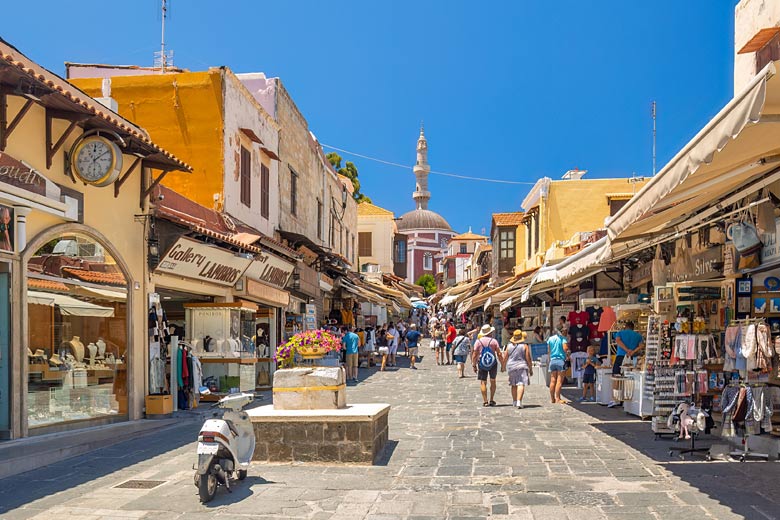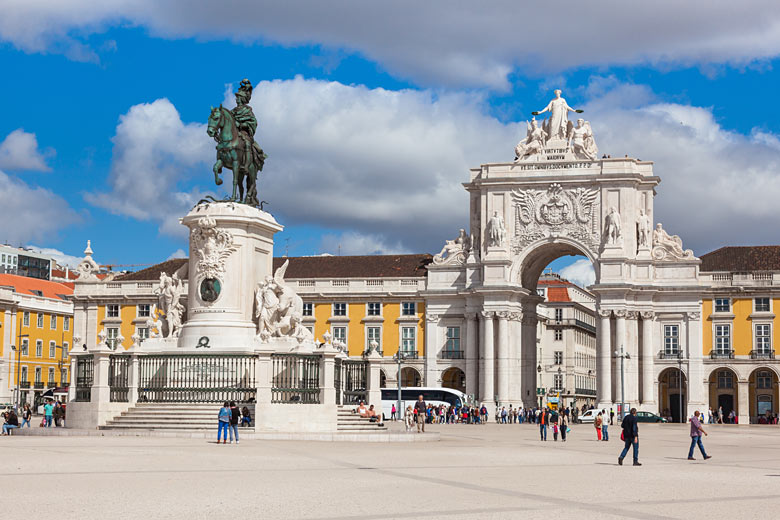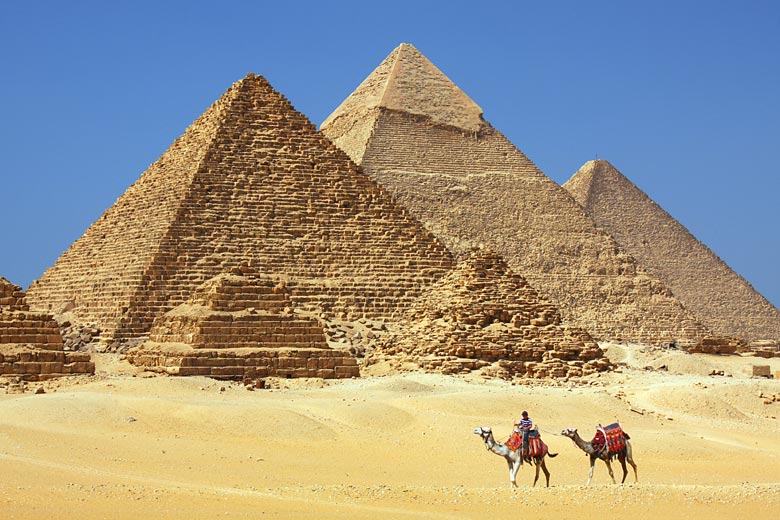Your guide to Mexico's Yucatan Peninsula
A trip through the Yucatan Peninsula reveals a fusion of Mayan culture, UNESCO sites, colonial towns and colourful markets. From the pristine beaches, crystal-clear cenotes and ancient Mayan ruins on the coastal north to the cultural sites and towns further inland, the Yucatan has something for everyone.
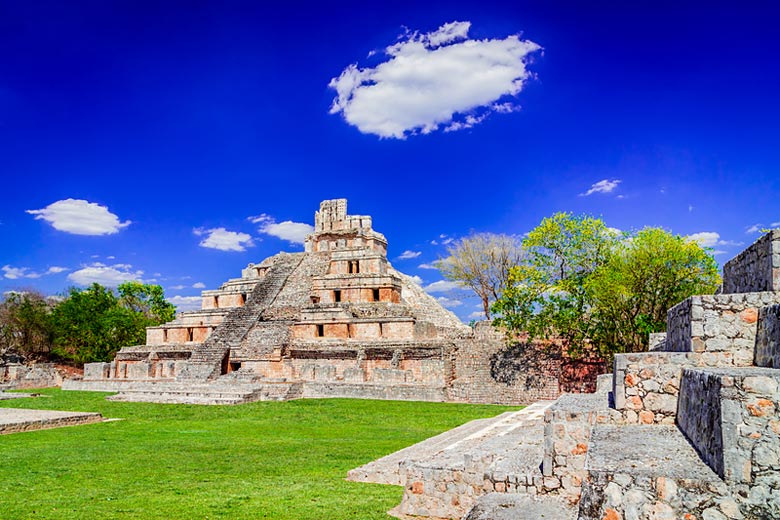
Located between the Caribbean Sea and the Gulf of Mexico at the northern tip of southeast Mexico*, the Yucatan Peninsula is one of the country's most popular tourist destinations with a wealth of incredible sights and experiences for visitors.
Whether you're interested in exploring the cultural sights or lounging on the beach, fasten your seat belt as we take in some of the best natural and historic places you can discover as day trips or during a longer road trip through the region.
Getting to the Yucatan: you'll find numerous itineraries from Marella Cruises feature excursions to some of the Yucatan's popular attractions while day trips can also easily be booked if you're passing through. Don't miss the latest offers on voyages to Mexico with Marella Cruises*.
Exploring Maya ruins
The Yucatan Peninsula makes a great travel destination to explore, home to some of the world's greatest UNESCO sites and ancient archaeological treasures where Mayan culture and people prevail.
The incredible legacy the Mayans left behind is evident for all to see with a plethora of architectural achievements dotted across the peninsula interwoven into the vast jungle environment.
Tulum
The incredibly well-preserved Mayan ruins of Tulum* are well worth visiting with impressive palm-fringed beaches and a spectacular clifftop Mayan temple overlooking the ocean.
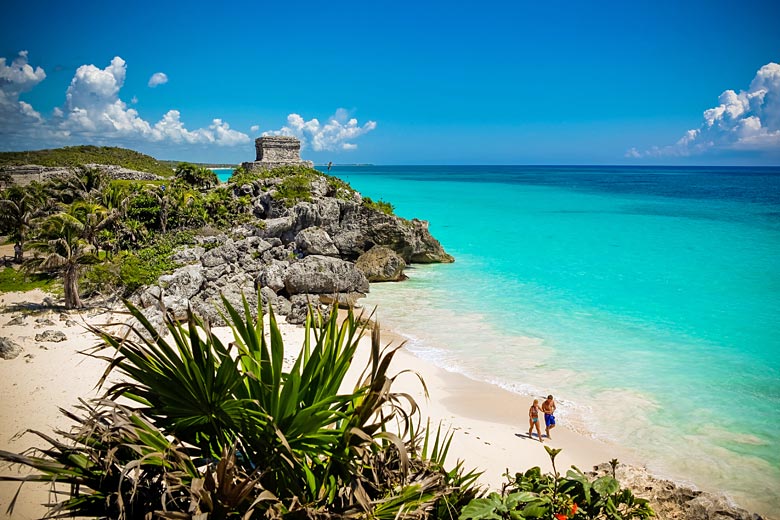
Driving south beyond the popular beaches and lively resorts of Cancun, Tulum can be reached along the Mayan Riviera. This makes a great day trip for those coming from Cancun where you can take a dip in the beautiful beaches below the ruins.
Along the way, you'll find mesmerising cenotes (limestone sinkholes) where you can enjoy a refreshing swim or snorkel, attractive small beach towns with powder-white sands and Playa del Carmen, the gateway to Cozumel Island, which hosts quiet, secluded beaches and some of the best diving in the world.
Sian Ka'an & Coba
Stay longer and see more of the cultural highlights such as the designated biosphere reserve and wildlife haven of Sian Ka'an that lies further south. Here you will find an area of outstanding natural beauty with thousands of species of flora and fauna.
To the west of Tulum you can explore the Mayan ruins of Coba where you can still climb some of the structures and marvel at the lush jungle interior below.
Valladolid
Head 100 miles west of Cancun on a day trip to Valladolid, an exceptional colonial town and a former Mayan ceremonial centre. You can soak up the town's historic delights by visiting the distinguished colonial architecture and its easy-going markets.
Stop at the main square and admire the magnificent San Gervasio Cathedral before visiting the beautiful convent of San Bernardo.
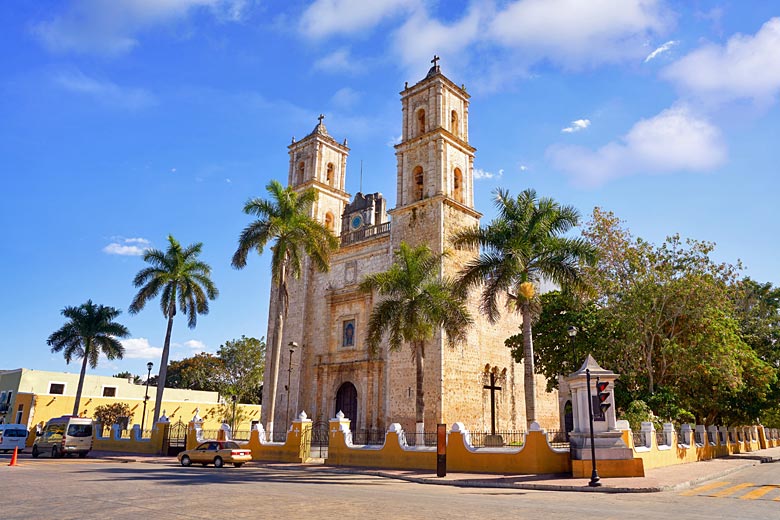
The colourful Municipal market is the place to sample local products and pick up souvenirs, bursting as it is with a large variety of fresh fruits and vegetables, leather goods and local handicrafts.
Cenotes
The mesmerising crystal-clear cenotes, or sinkholes, of the Yucatan are utterly spectacular, and Valladolid is an ideal base for exploring some of the Yucatan's most amazing examples.
Cenote Zaci is worth a visit and makes a gorgeous spot to cool off in the refreshing waters under a canopy of lush green vegetation and a half-open cave roof.

Just outside Valladolid, Cenote Suytun is one of the best with stalactites hanging from the ceiling and a stone platform stretching out into the shallow turquoise water.
Chichen Itza
One of the highlights of any road trip through the peninsula has to be exploring one of the new seven wonders of the world Chichen Itza*. A visit to this vast archaeological, UNESCO-listed site is not to be missed.
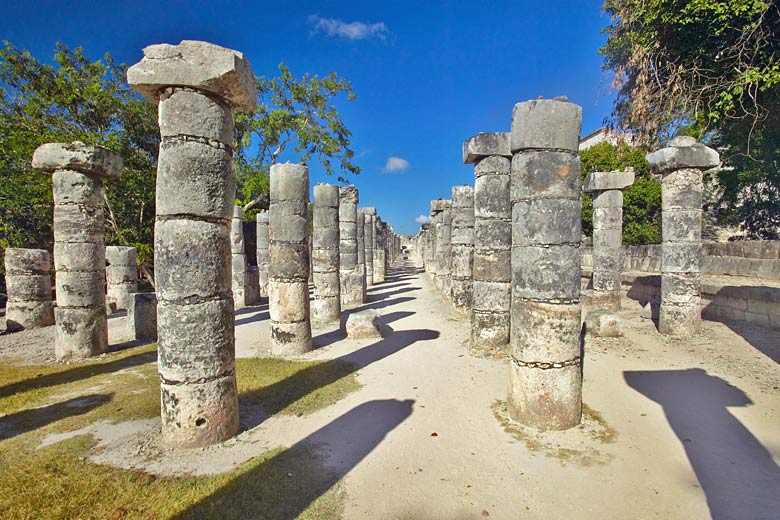
The city offers some of the best-preserved and most remarkable ruins in Mexico. This mind-blowing Mayan complex houses the Temple of the Warriors with its intricately carved pillars of chiselled Chichen figure portraits and the Great Ball Court built in 864 CE with its echoing acoustics.
Meanwhile, El Castillo takes centre stage where a serpent lines the pyramid's stairs from the sun's shadow during the equinox.
Izamal
West of Chichen Itza, the yellow city of Izamal is the most unaltered Spanish colonial city in the Yucatan.
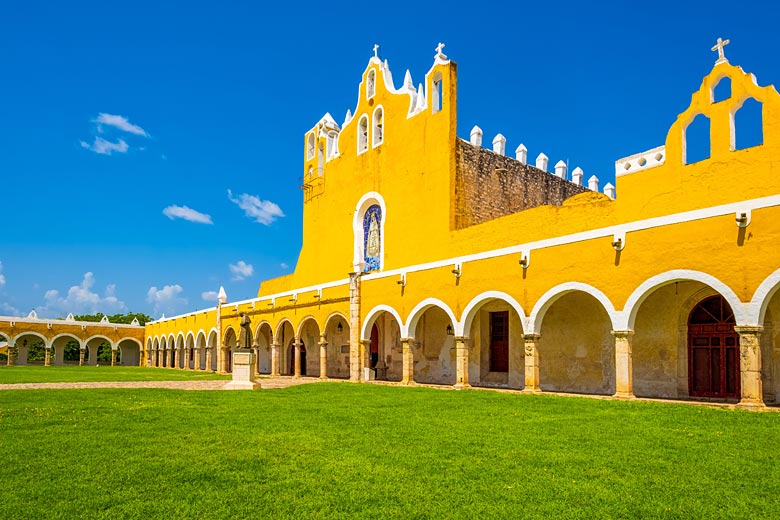
Surrounding the Franciscan monastery of San Antonio and the shrine of Our Lady of Izamal, bright yellow colonial-era buildings define the town centre, quiet streets and an ancient Mayan pyramid that can easily be explored on foot in a few hours.
Uxmal
Located along the Ruta Puuc in the western Yucatan Peninsula, Uxmal is a wonderful archaeological site to explore and experience. This UNESCO World Heritage site is one of the most spectacular of the ancient Mayan cities.
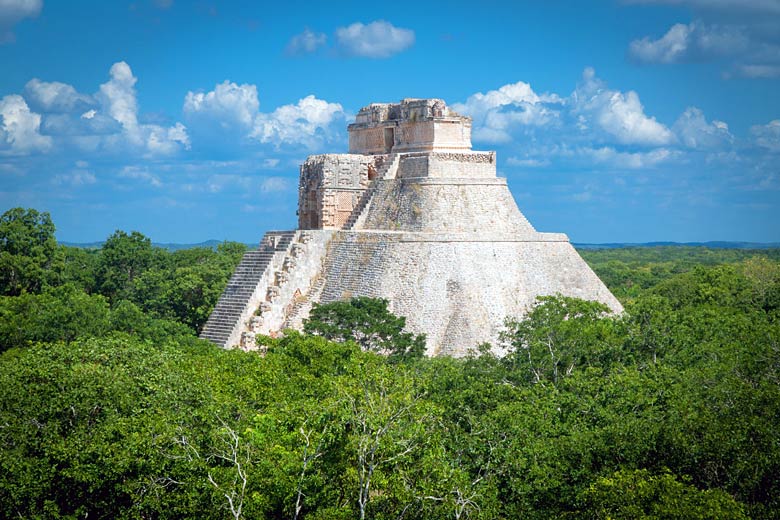
Gigantic temples, quadrangles and other monuments make up the site including the Governor's Palace, the House of the Turtles and the towering Pyramid of the Magician.
Enrich your journey with a visit to Uxmal's interpretative museum to learn about the history of Puuc architecture, which characterizes the buildings that make up this Mayan city.
Campeche
Southwest of Uxmal, the fortified harbour town of Campeche is a fine example of Spanish colonial architecture. The old city surrounded by walls and fortifications built to defend against piracy and attacks from the sea remains an important seaport with a distinctive character.
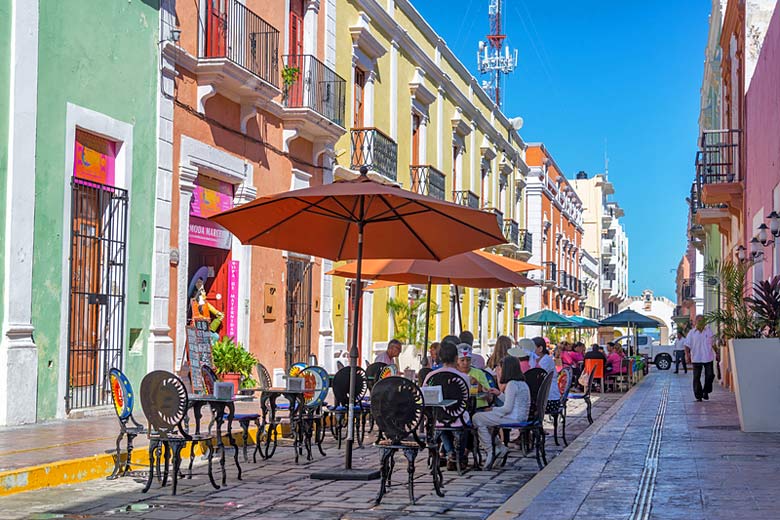
Campeche encompasses 17th-century fortified ramparts and cobbled streets lined with colourful houses and inviting restaurants. Ringed by restored pastel buildings, Campeche's main square was made for strolling under the shade of carob trees, the imposing twin towers of the cathedral soaring above.
Celestun
Just north, the mangrove lagoon of Celestun is a natural paradise and a brilliant place for wildlife viewing. Spot flamingos, egrets and blue herons among the water-logged plains.
If you're feeling adventurous, take a boat tour on the lagoon to get up close to the wildlife and watch a fabulous sunset over the Gulf of Mexico.
Weather in the Yucatan
| Jan | Feb | Mar | Apr | May | Jun | Jul | Aug | Sep | Oct | Nov | Dec | |
|---|---|---|---|---|---|---|---|---|---|---|---|---|
| Maximum daytime temperature °C | ||||||||||||
| Hours of sunshine (daily) | ||||||||||||
| Days with some rainfall |
The above guide shows the weather in Mérida. Find out more about conditions in destinations across the Yucatan in our complete guide to the weather in Mexico.
Ready to discover the Yucatan? Check out the latest offers on itineraries to Mexico, the Caribbean and South America with Marella Cruises.
More about Mexico - Caribbean Coast
- Overview
- Best time to visit
- Weather by month
- 5-day weather forecast
- Destinations
- Travel advice
- Deals & discounts
Mexico - Caribbean Coast by month
Jan Feb Mar Apr May Jun Jul Aug Sep Oct Nov Dec
Explore holidays in the sun for less
- Beach holidays
- Family holidays
- City breaks
- Summer holidays
- Winter sun holidays
- Holiday offers
- Top travel brands
- Airlines & flights
- Discount hotels
- Airport parking deals
- TUI
- Jet2holidays
- easyJet holidays
- Love Holidays
- Black Friday sales
Airport parking
- Manchester Airport
- Stansted Airport
- Bristol Airport
- Luton Airport
- Birmingham Airport
- Edinburgh Airport
- Gatwick Airport
- Glasgow Airport
- Newcastle Airport
Airport lounges
- Manchester Airport
- Birmingham Airport
- Bristol Airport
- Edinburgh Airport
- Glasgow Airport
- Heathrow Airport
- Newcastle Airport
- Stansted Airport
- Gatwick Airport
Be inspired
Get your weekly fix of holiday inspiration from some of the world's best travel writers plus save on your next trip with the latest exclusive offers
We promise not to share your details





















